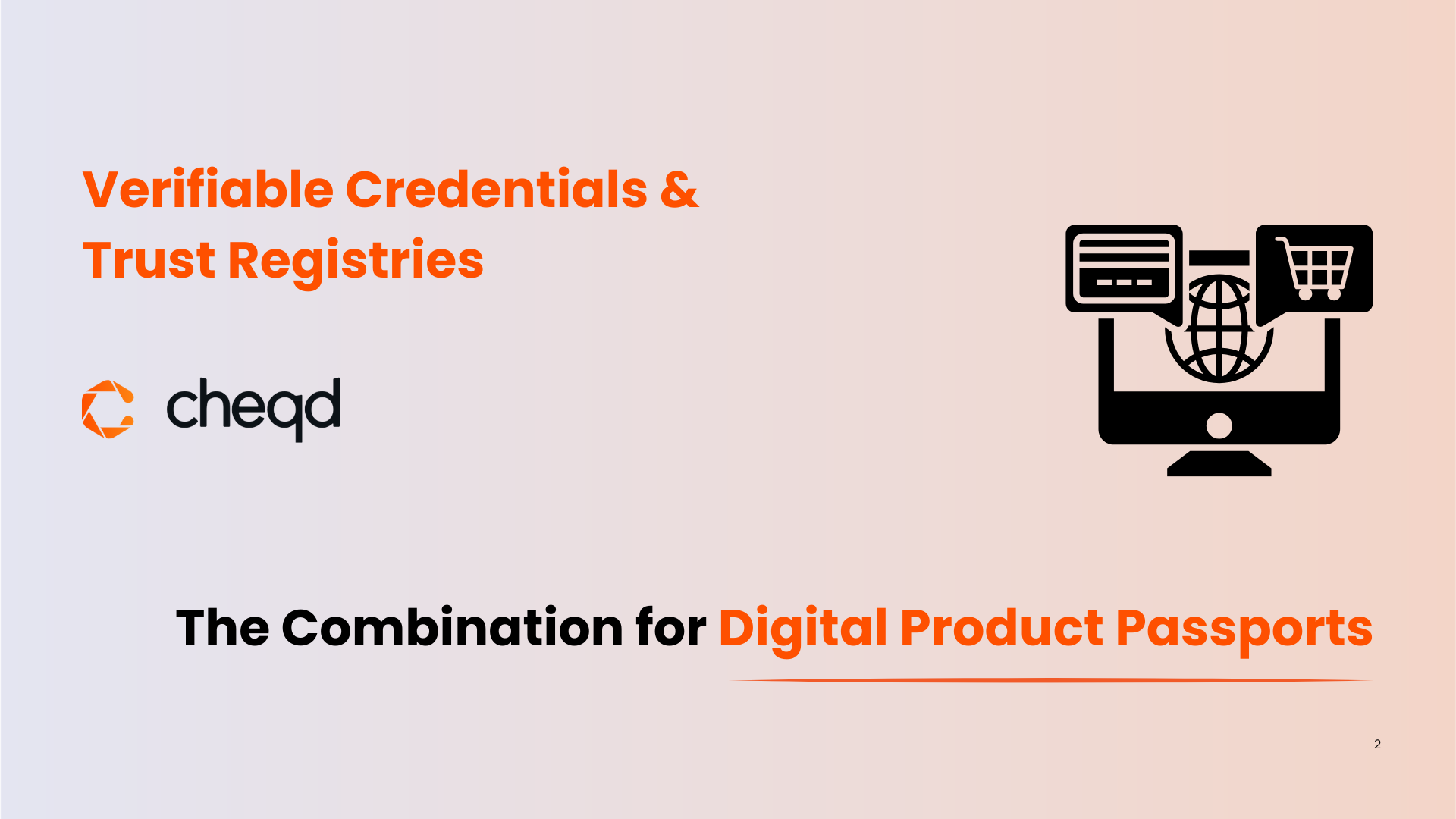The concept of Entropy in decentralised governance was created by the team at cheqd to model how the control of the network changes over time, from the initial launch where the core team had a larger portion of control (Low Entropy), to a state where the community and users of cheqd have a decentralised spread of control over the Network (High Entropy).
This blog post intends to cheq up on the progress to date.
Increasing Entropy was something very important to cheqd because it:
- Correlates with higher Network security and resiliency across countries;
- Means broader contributions to the Network from a multidisciplinary and diverse collective;
- Enables increased integration capabilities with other technologies to improve the ecosystem as a whole;
- Dilutes the control from a select group of people to a genuinely decentralised and diverse collective.
In terms of modelling this change, we focussed on a number of key metrics for the network and created a scoring model which could be easily digested and understood based on five distinct Entropy levels.
|
Variable |
Entropy Level 1 |
Entropy Level 2 |
Entropy Level 3 |
Entropy Level 4 |
Entropy Level 5 |
|
Number of Node Operators (Validators) |
5 |
10 |
25 |
50 |
100 |
|
Number of commits from the outside core team |
5 |
10 |
25 |
50 |
100 |
|
Number of distinct Participants with bonded tokens |
100 |
500 |
1000 |
5000 |
10,000 |
|
Number of stakeholders to achieve 51% of Network (Nakamoto coefficient) |
2 |
4 |
8 |
15 |
30 |
|
Exchanges (CEX and DEX) supported by |
1 |
2 |
4 |
6 |
8 |
|
Country distribution of node operators |
5 |
10 |
20 |
40 |
60 |
|
Number of accepted Proposals after genesis |
5 |
10 |
20 |
40 |
60 |
If you are interested in learning more about the scoring model and how we designed it, jump into our Entropy blog series here.
So, where are we now?
|
Variable |
Result |
Entropy Level |
|
Number of Node Operators (Validators) |
62 |
4 |
|
Number of commits from the outside core team |
17 |
2 |
|
Number of distinct Participants with bonded tokens |
~8000 |
4 |
|
Number of stakeholders to achieve 51% of Network (Nakamoto coefficient) |
8 |
3 |
|
Exchanges (CEX and DEX) supported |
4 |
3 |
|
Country distribution of node operators |
20+ |
3 |
|
Number of accepted Proposals after genesis |
2 |
1 |
|
OVERALL SCORE |
20 |
In terms of modelling this on our scorecard, this is how it looks:

This is an excellent start, given it’s been less than six months since we launched cheqd mainnet. Comparing this to where we started at cheqd mainnet launch, we have decentralised in almost all categories, improving from a score of 9 to a score of 20.

But there is still a long way to go, both in achieving a higher overall score and also consistently higher individual scores.
Given where we are now, it is clear that the areas where we can improve:
- Firstly, by encouraging the community and partners to focus on codebase commits, through better documentation and tutorials; and
- Secondly, by driving more community participation in on-chain governance.
We intend to continually improve our existing processes by:
- Making it easier to contribute to governance processes by having clear instructions on how to use the cheqd forum to make governance proposals and decisions;
- Increasing the amount of discussion on the cheqd forums on technical topics regarding SSI and cheqd’s product;
- Running workshops with our partners to increase understanding about where experts and vendors could build alongside the core team;
- Suggesting that funds from the Community Pool are put towards the community (technical and non-technical initiatives)
- Creating an Entropy dashboard to increase the visibility of what metrics need to be focussed on the most.
And finally,
High Entropy was never designed to be reached overnight, it is a gradual process. What is important, however, is cheqd’s Foundational Principle of Increasing Entropy. This is why it’s crucial to take stock, reflect and assess where core processes can be improved and iterated – to cheq up.
We, at cheqd, help companies leverage SSI. cheqd’s network is built on a blockchain with a dedicated token for payment, which enables new business models for verifiers, holders and issuers. In these business models, verifiable credentials are exchanged in a trusted, reusable, safer, and cheaper way — alongside a customisable fee.
Find out more about our solution here or get in touch if you wish to collaborate and/or join our ecosystem by contacting us at [email protected].






